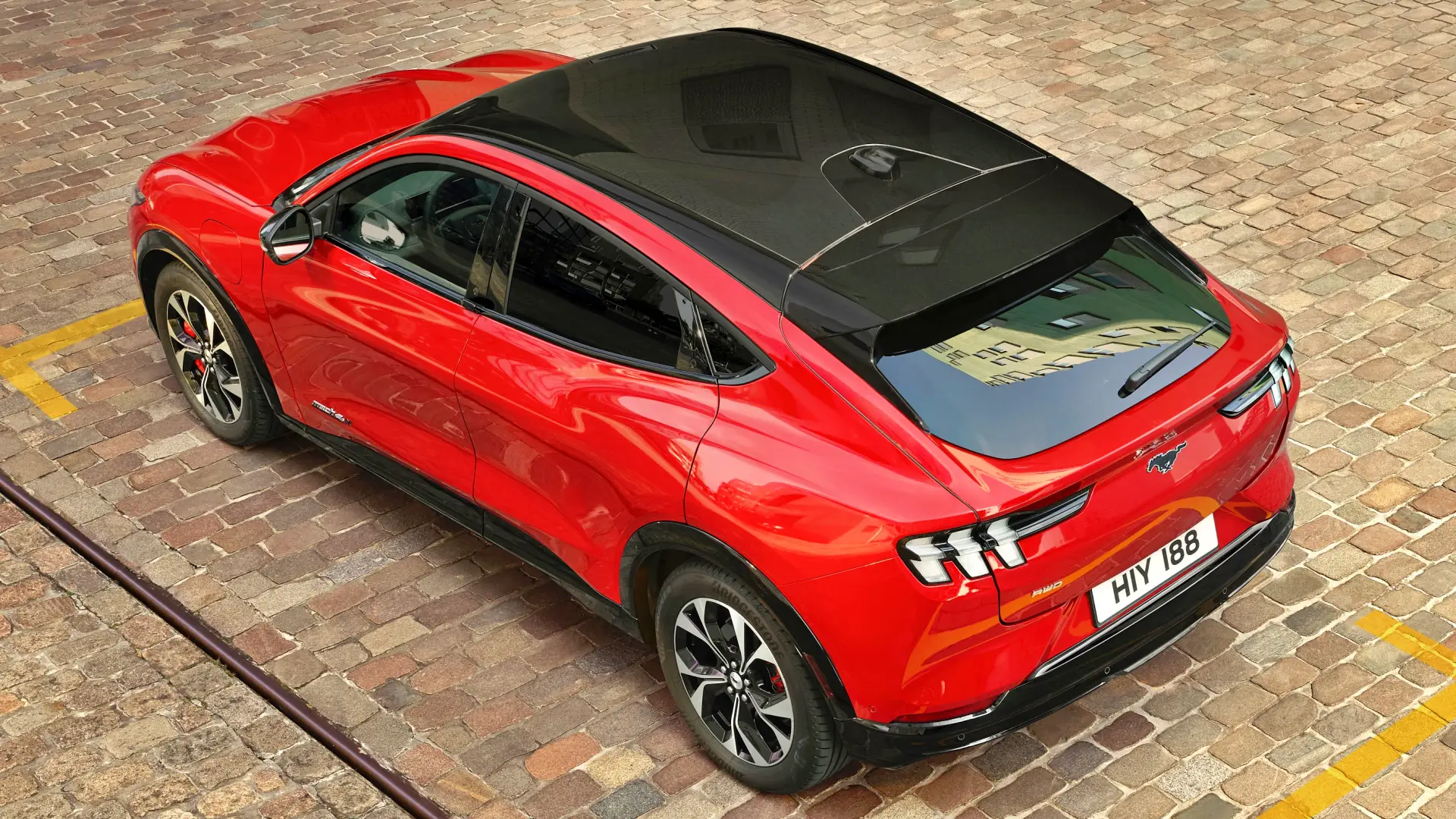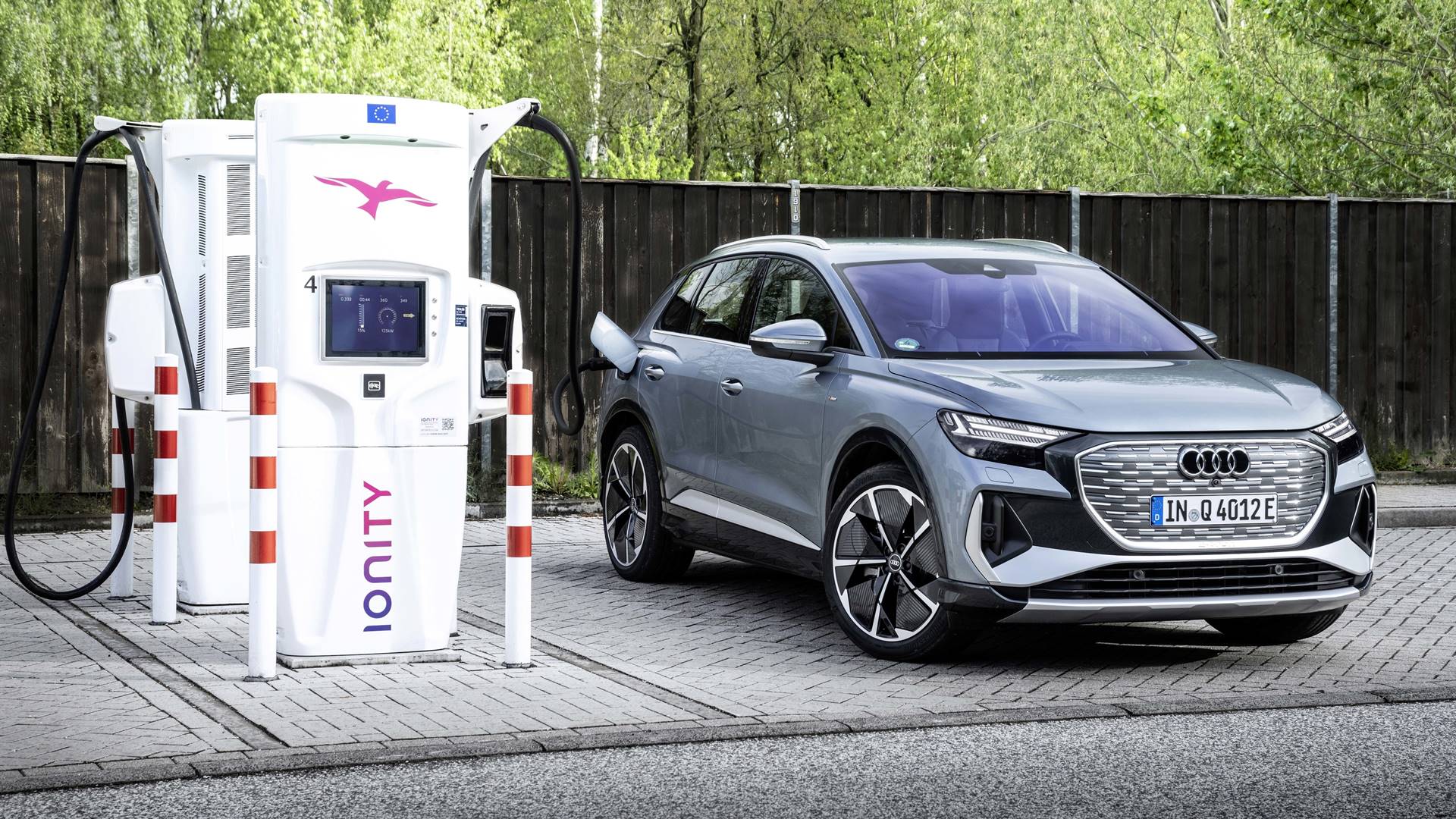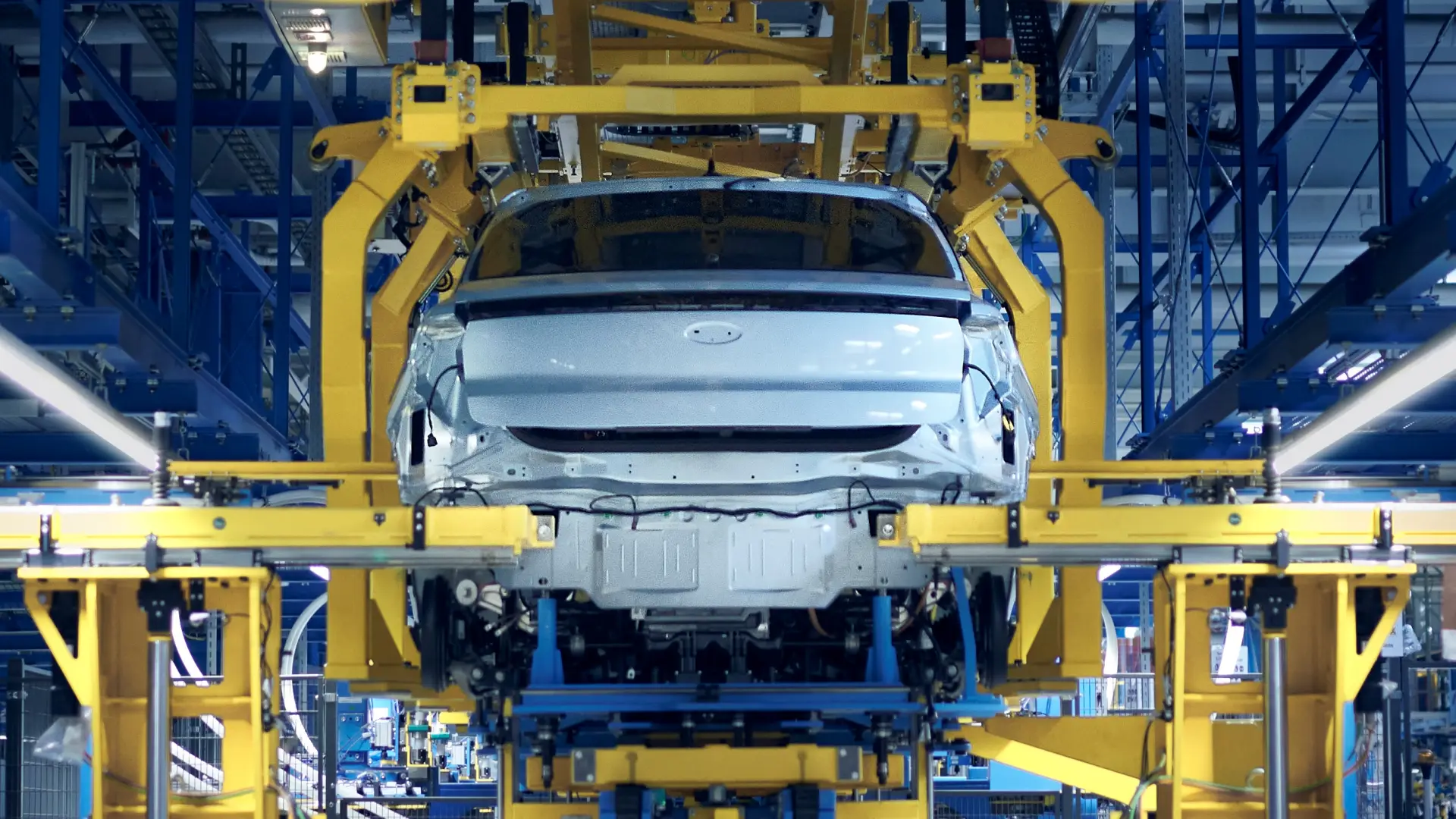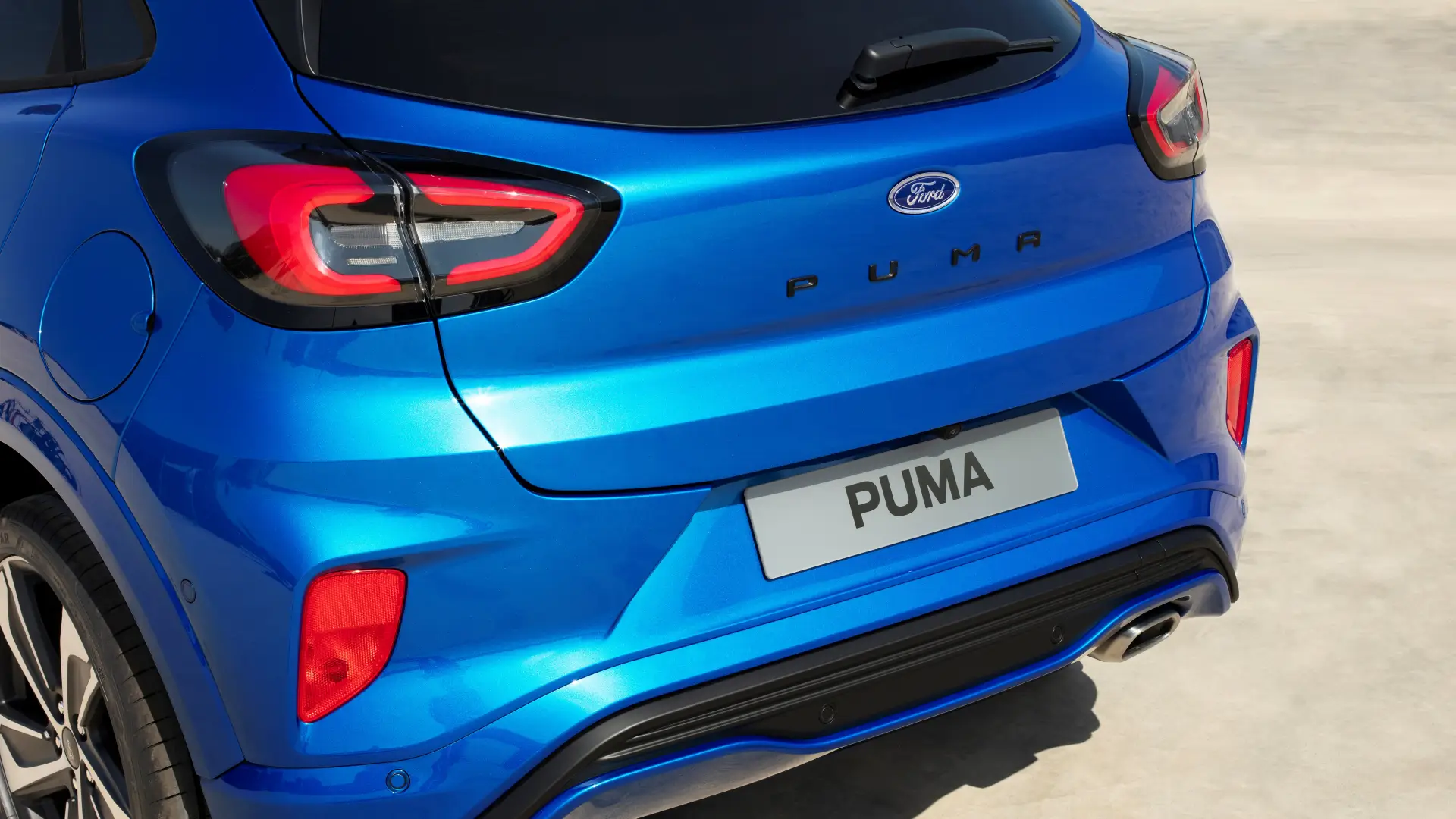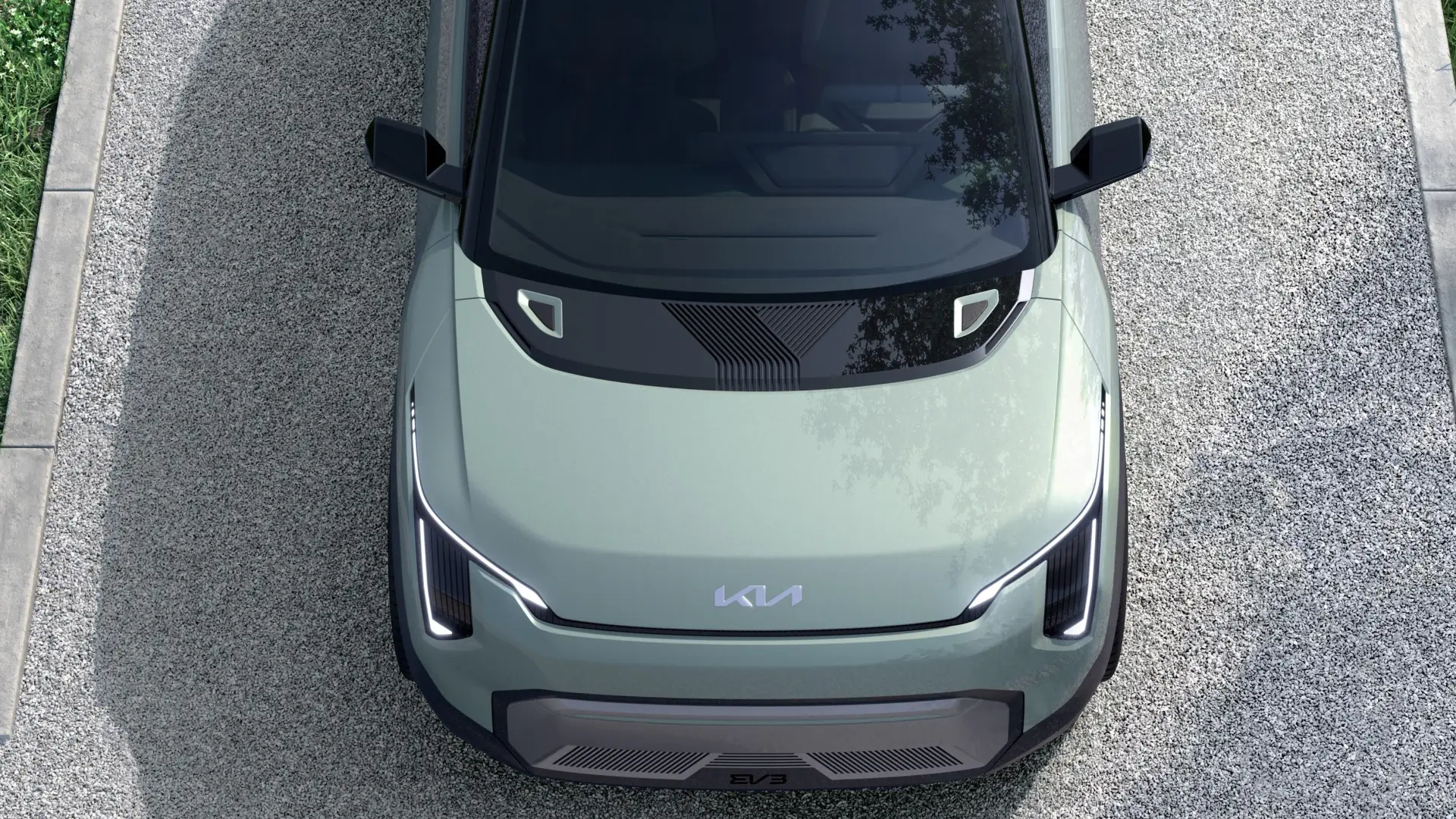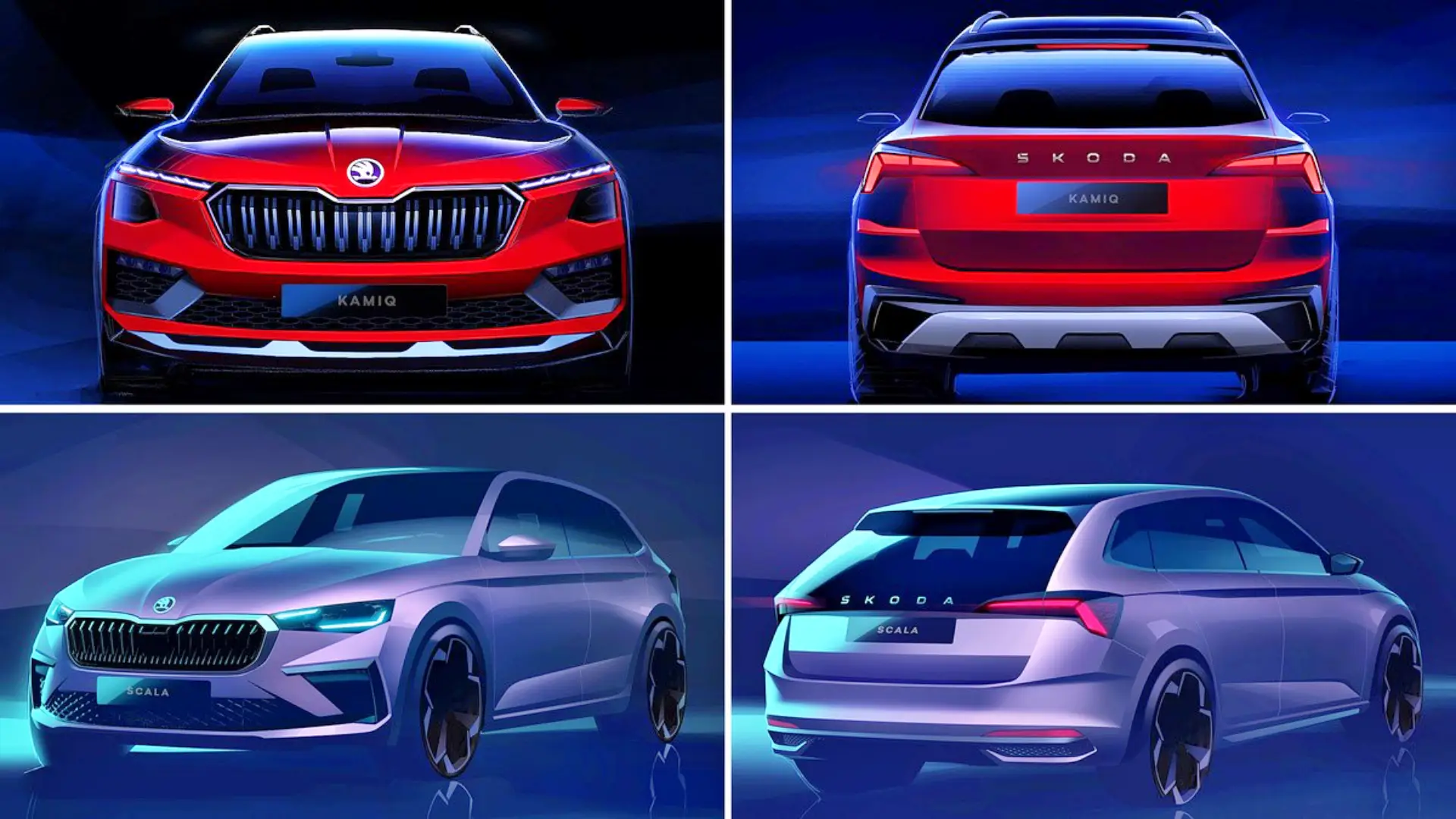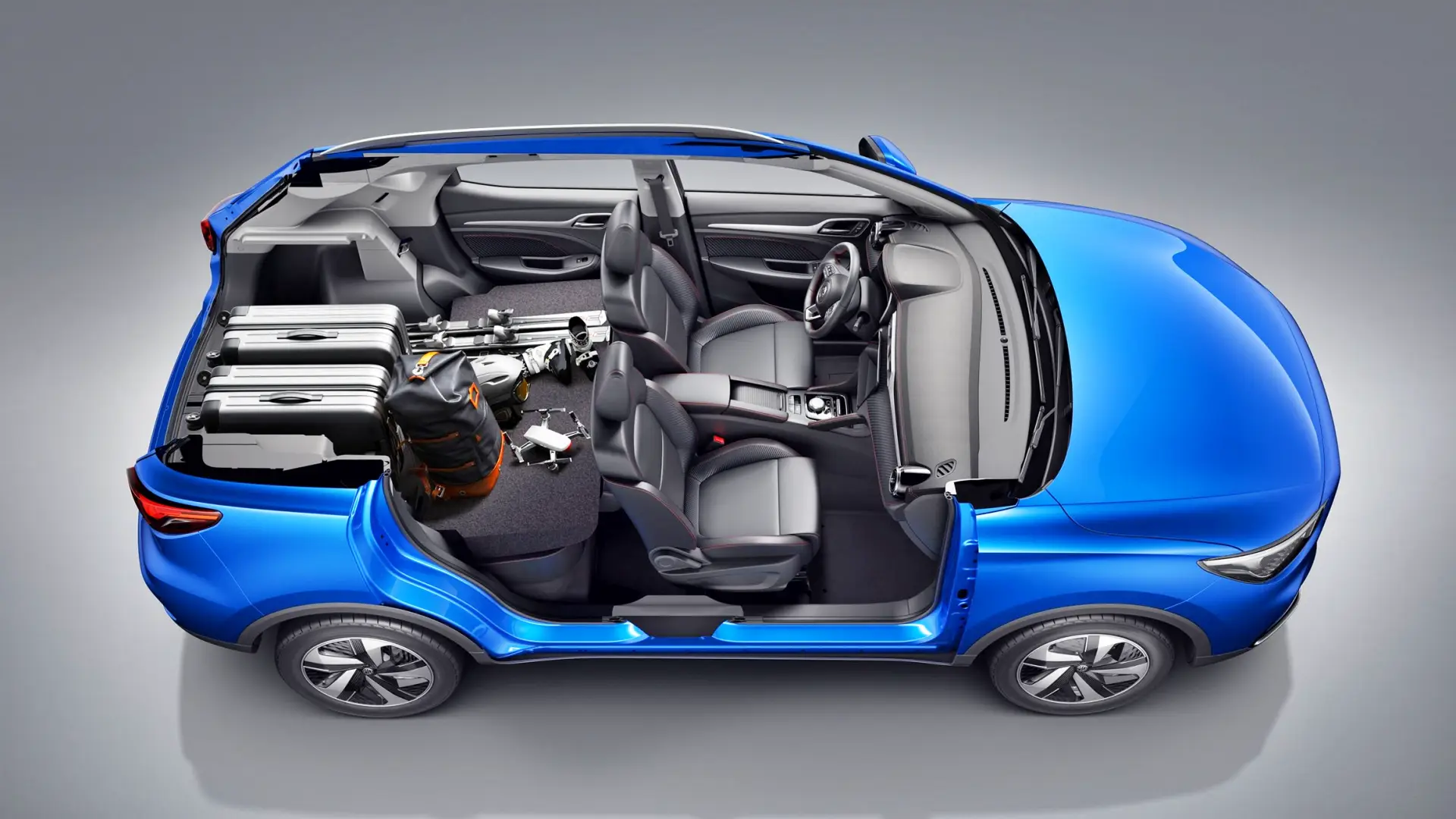This is stated by the CEO of Ford, Jim Farley, who assures that the hitherto “anxiety about range” has been replaced by the “anxiety about charging” the battery of the electric car. What do you mean exactly?
According to the head of the Oval brand, thanks to the latest advances and improvements in electric vehicles and batteries, significant advances have been achieved in recent years that make current ranges “decent” enough for an average driver.
Although there is still the problem of high prices, especially in versions with larger batteries, it is now possible to access batteries that offer ranges of more than 435 miles. And what is more promising: the arrival of new technologies, especially the imminent solid-state batteries, will make ranges of around 620 miles possible sooner rather than later.
On the other hand, for Jim Farley, one of the great barriers that electric cars have not yet been able to overcome has to do with charging infrastructure. If until not long ago there was (and may continue to exist, of course) that “anxiety” about being stranded on the road because the range of the electric car was not enough, now that tense moment has to do with the charging point itself.
The CEO of Ford refers, more specifically, to North American roads, but this can easily be transferred to the vast entire European road network. At the end of 2022, there were about 480,000 public charging points in the EU, of which 42% were located in Germany and the Netherlands.
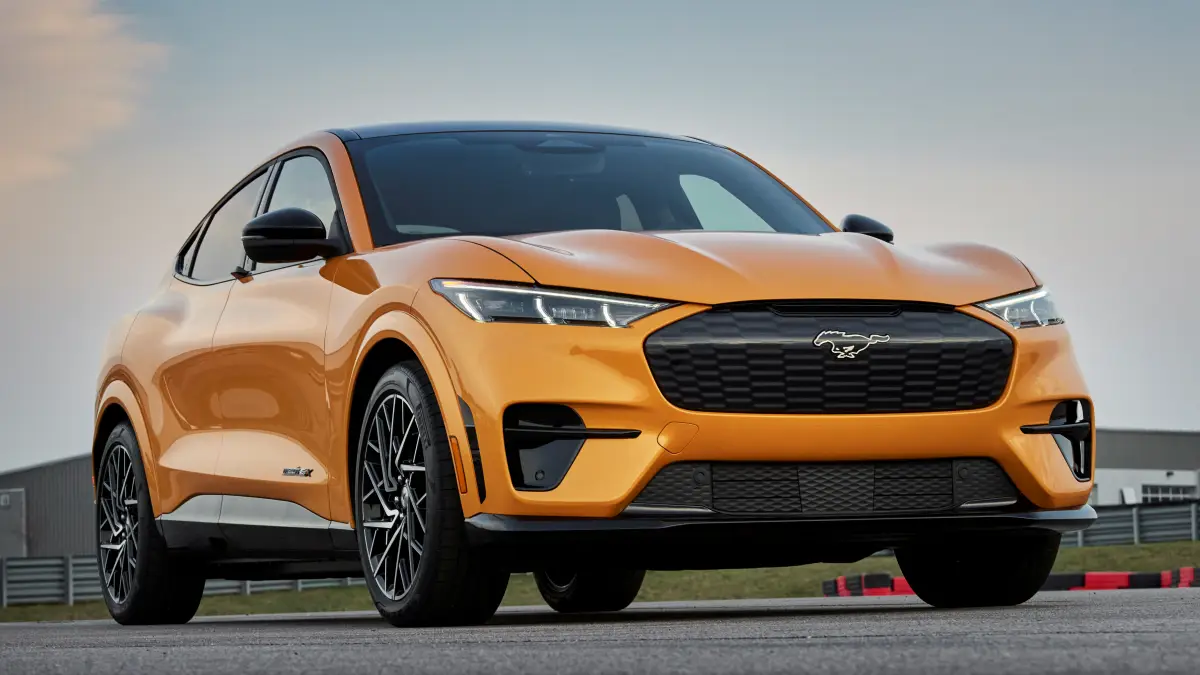
Apart from the relatively small number of charging points, there is the added problem that not all of them work correctly and that they are not easily accessible. Hence the problems with this “load anxiety” that Jim Farley talks about for Fox Business. « We target mass consumers who have a lot of anxiety about charging. They don’t have range anxiety, they have load anxiety,” says the Ford CEO.
An example of a trip taken by the Secretary of Energy of the United States for 4 days in an electric car served as an example: on that ‘electric road trip’, some members of her staff were seen blocking a charger with gasoline vehicles as a « reserve” so that the secretary, Jennifer Granholm, could charge her electric car.
The Tesla Supercharger network is insurance for electric drivers due to its number of charging points and their efficiency, which is why Ford has decided to adopt the NACS charging port for its electric cars starting in 2025.


